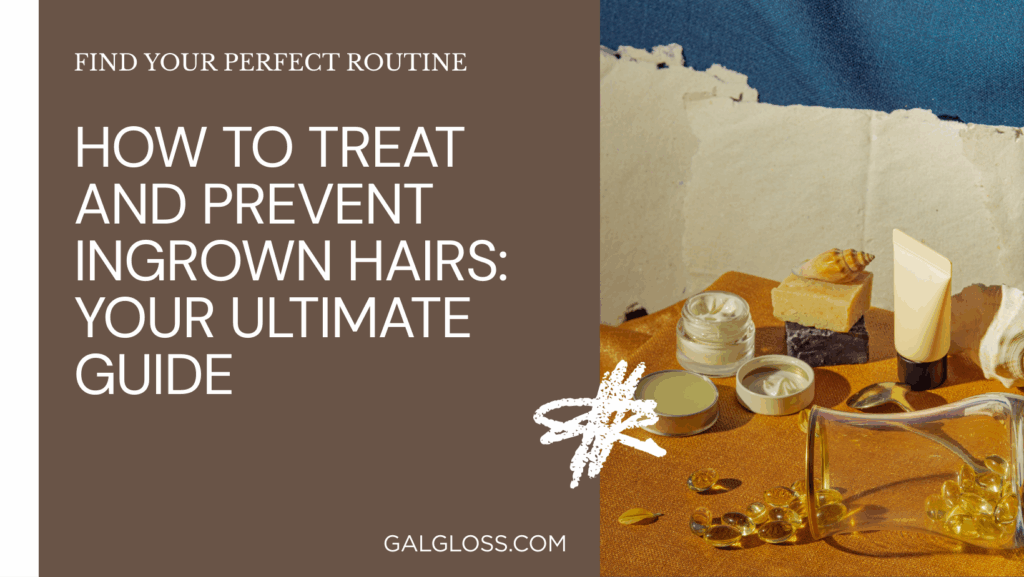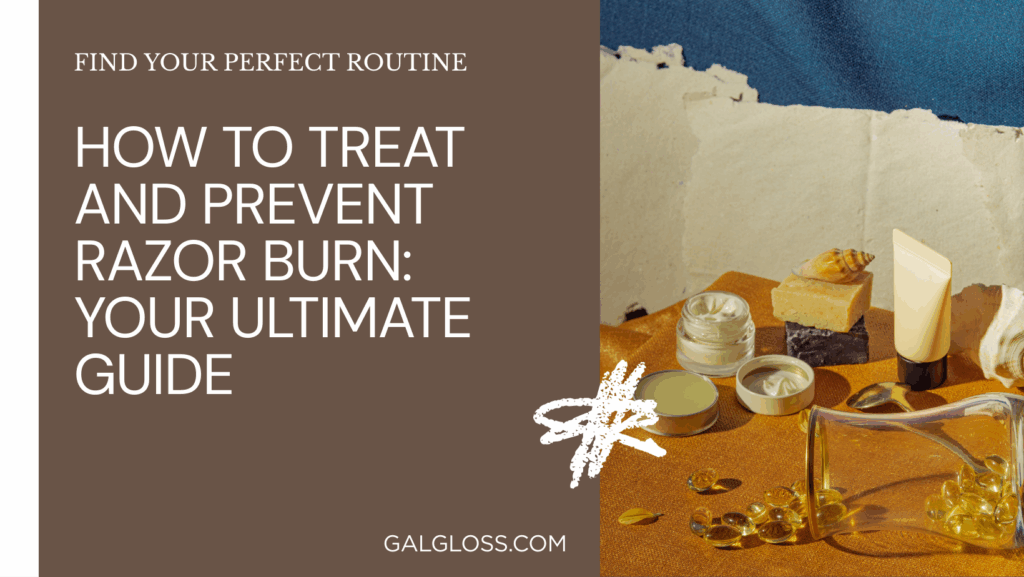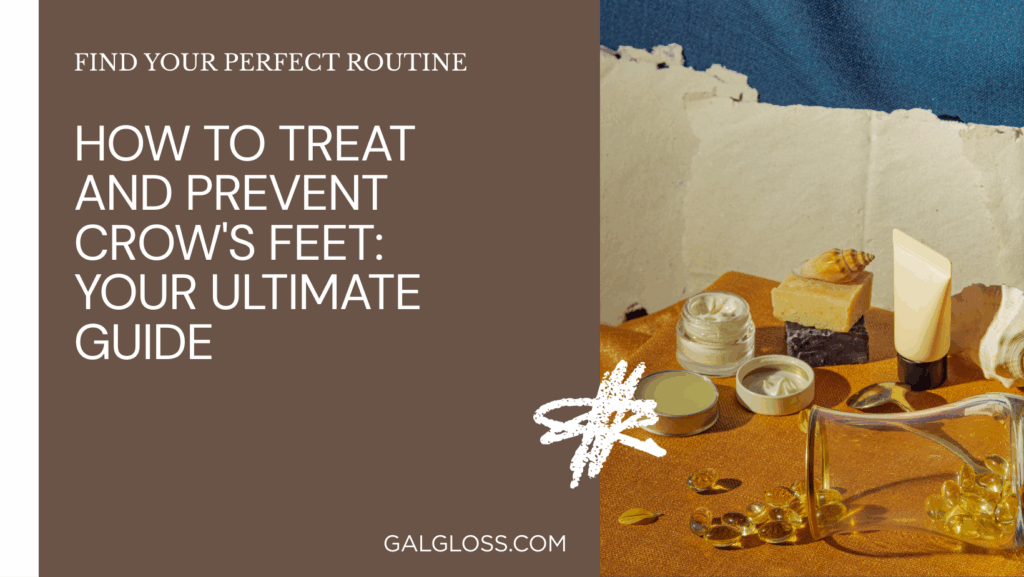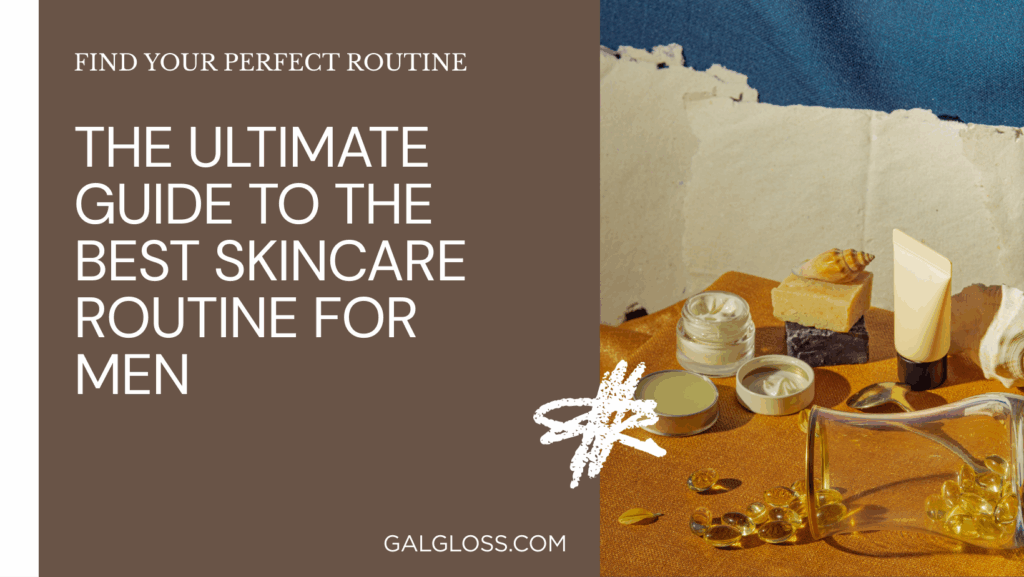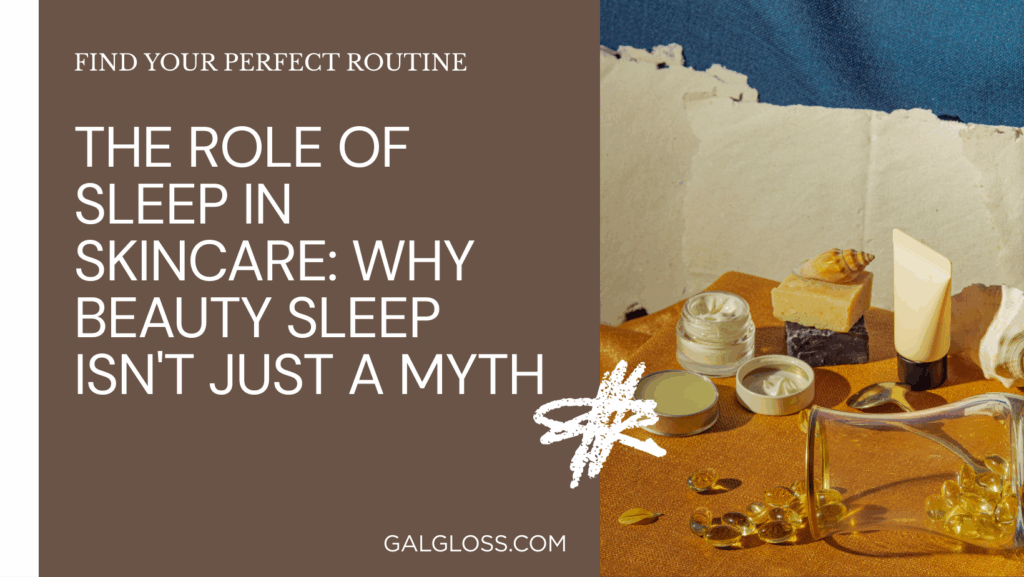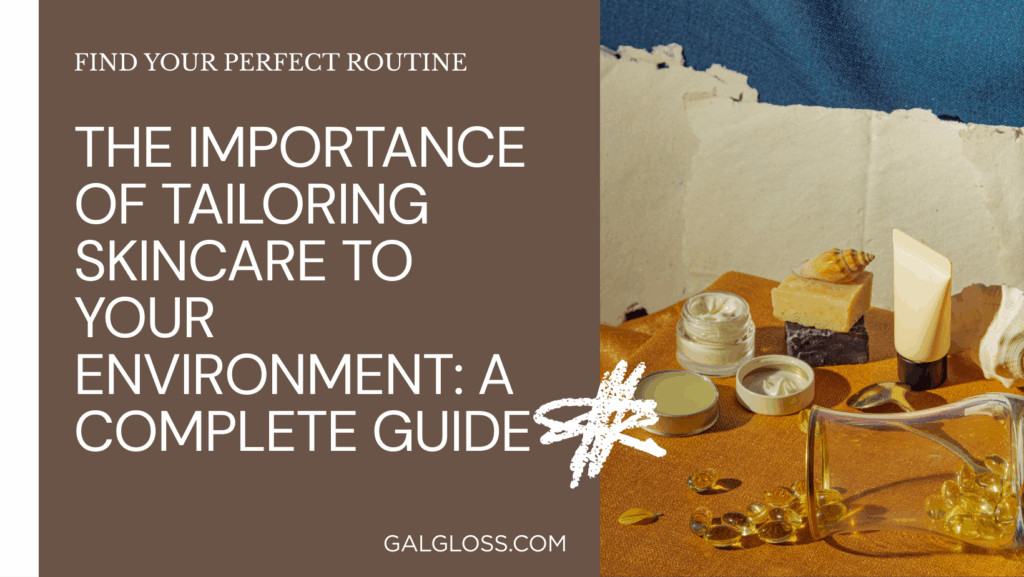Ever looked in the mirror after a fresh shave, only to see angry red bumps popping up? You’re not alone. Razor bumps are the bane of many smooth-skin seekers. But don’t worry – I’ve got your back (and your face, legs, and wherever else you’re battling these pesky bumps).
What Are Razor Bumps, Anyway?
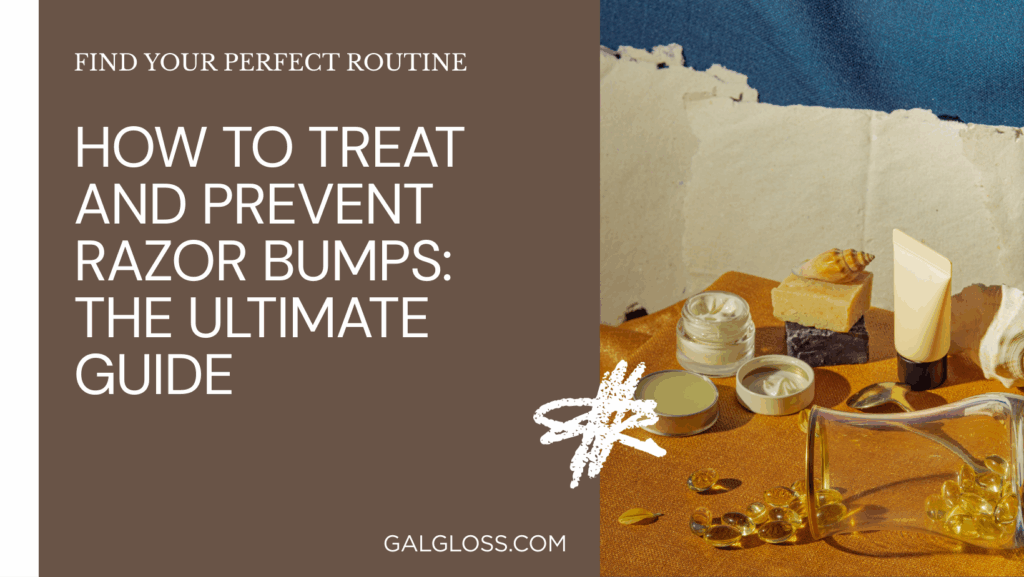
Imagine this: You’re running late for work, rushing through your morning shave. Next thing you know, your skin’s throwing a fit. Those little red bumps? They’re called razor bumps, or if you want to get fancy, pseudofolliculitis barbae. They’re basically ingrown hairs that have decided to grow back into your skin instead of out. Ouch, right?
Why Do These Annoying Little Bumps Show Up?
Here’s the deal: When you shave, you’re not just cutting hair – you’re also scraping off a thin layer of skin. This can irritate your skin and cause inflammation. Add to that the possibility of bacteria getting into those tiny cuts, and boom – you’ve got yourself a recipe for razor bumps.
Who’s Most Likely to Get Razor Bumps?
Now, here’s the kicker – some of us are more prone to these bumps than others. If you’ve got curly or coarse hair, you’re more likely to be in the razor bump club. Why? Because your hair is more likely to curl back and grow into the skin. African American men and people with sensitive skin are often hit harder by this issue.
But don’t throw in the towel just yet! Whether you’re dealing with a few bumps or a full-on razor bump invasion, I’m here to help. Let’s dig deeper into understanding and conquering razor bumps.
Understanding Razor Bumps: The Science Behind the Bumps
Think of your skin as a battlefield. On one side, you’ve got your hair follicles, just trying to do their job and grow hair. On the other side, you’ve got your razor, slicing through hair and skin alike. When these two forces clash, razor bumps can be the unfortunate casualties.
The Anatomy of a Razor Bump
So what exactly happens when a razor bump forms? Let’s break it down:
- You shave, cutting the hair below the skin surface.
- As the hair grows back, it can curl and grow sideways into the skin instead of up and out.
- Your body sees this hair as a foreign invader and attacks it, causing inflammation.
- Hello, red, angry bump!
It’s like your skin is playing a game of whack-a-mole, but instead of moles, it’s your own hair it’s fighting against. Not fun, right?
The Role of Hair Type
Now, let’s talk about why some people seem to be razor bump magnets. It all comes down to hair type. If you’ve got curly, coarse hair, you’re more likely to get razor bumps. Why? Because curly hair is more likely to grow back into the skin. It’s like trying to stuff a curly fry into a straight straw – it just doesn’t want to go the right way!
Prevention: The Best Medicine for Razor Bumps
You know what they say – an ounce of prevention is worth a pound of cure. When it comes to razor bumps, this couldn’t be more true. Let’s talk about how to stop these pesky bumps before they even start.
Pre-Shave Prep: Setting the Stage for Smooth Skin
Think of pre-shave prep as laying the groundwork for a smooth, bump-free shave. Here’s what you need to do:
- Exfoliate: Gently scrub your skin to remove dead skin cells. This helps prevent ingrown hairs. You can use a washcloth, a gentle scrub, or even make your own with sugar and olive oil.
- Soften the hair: Take a warm shower or apply a warm, damp towel to your skin for a few minutes. This softens the hair, making it easier to cut.
- Apply pre-shave oil: This creates a slick surface for your razor to glide over, reducing irritation.
The Art of Shaving: Techniques to Prevent Razor Bumps
Now that your skin is prepped, it’s time for the main event. Here’s how to shave like a pro:
- Choose the right razor: For most people, a single-blade razor or safety razor is best. More blades don’t always mean a better shave – they can actually increase irritation.
- Shave with the grain: I know, I know – shaving against the grain gives a closer shave. But it also increases your chances of razor bumps. Shave in the direction your hair grows.
- Don’t press too hard: Let the razor do the work. Pressing too hard can cause irritation and increase the risk of nicks and cuts.
- Rinse the blade often: This keeps the blade clean and sharp, reducing irritation.
- Use short strokes: Long strokes can cause you to go over the same area multiple times, increasing irritation.
Post-Shave Care: The Final Step in Prevention
You’re not done yet! Post-shave care is crucial for preventing razor bumps:
- Rinse with cold water: This closes your pores and soothes your skin.
- Apply an alcohol-free aftershave: Look for one with soothing ingredients like aloe vera or tea tree oil.
- Moisturize: Keep your skin hydrated to prevent irritation.
Treating Existing Razor Bumps: Your Rescue Plan
Sometimes, despite our best efforts, razor bumps happen. Don’t panic! Here’s how to treat them:
Home Remedies: Nature’s Razor Bump Fighters
- Tea tree oil: This natural antiseptic can help reduce inflammation and fight bacteria.
- Aloe vera: The ultimate soothing agent. It can help reduce redness and irritation.
- Aspirin paste: Crush an aspirin tablet, mix it with a little water to form a paste, and apply it to the affected area. The salicylic acid in aspirin can help reduce inflammation.
Over-the-Counter Solutions: When You Need a Little Extra Help
- Salicylic acid: This exfoliating ingredient can help prevent ingrown hairs.
- Glycolic acid: Another exfoliant that can help keep pores clear.
- Hydrocortisone cream: For severe inflammation, a 1% hydrocortisone cream can provide relief.
When to See a Pro: Dermatologist-Approved Treatments
If home remedies and OTC solutions aren’t cutting it, it might be time to see a dermatologist. They can prescribe stronger treatments like:
- Retinoids: These can help speed up cell turnover and prevent ingrown hairs.
- Antibiotics: For severe or infected razor bumps.
- Laser hair removal: A more permanent solution that can reduce hair growth and prevent razor bumps.
Skincare Routine for Razor Bump Prevention: Your Daily Defense
Preventing razor bumps isn’t just about what you do when you shave – it’s about your overall skincare routine. Here’s a simple daily routine to keep razor bumps at bay:
- Cleanse: Use a gentle, non-irritating cleanser to keep your skin clean and clear.
- Exfoliate: Use a chemical exfoliant (like salicylic acid) or a gentle physical exfoliant 2-3 times a week.
- Moisturize: Keep your skin hydrated to prevent irritation.
- Protect: Use sunscreen daily, especially on areas prone to razor bumps. Sun damage can make razor bumps worse.
Alternative Hair Removal Methods: Beyond the Razor
If you’re still struggling with razor bumps, it might be time to consider alternative hair removal methods:
- Waxing: Removes hair from the root, which can lead to slower regrowth and fewer ingrown hairs.
- Epilating: Like waxing, but uses a mechanical device to remove hair from the root.
- Laser hair removal: Can lead to permanent hair reduction over time.
- Depilatory creams: Dissolve hair at the surface of the skin. Be careful though – these can be irritating for some people.
Razor Bump Prevention for Different Body Areas: A Head-to-Toe Guide
Different areas of your body need different approaches:
Face and Neck
- Use a single-blade razor or electric trimmer
- Shave in the direction of hair growth
- Apply a soothing aftershave balm
Legs
- Exfoliate regularly
- Use a moisturizing shave cream
- Consider trying an epilator for longer-lasting smoothness
Bikini Area
- Trim hair first if it’s long
- Use a fresh, sharp razor
- Apply a soothing, antibacterial cream after shaving
Underarms
- Shave in multiple directions (hair grows in different directions here)
- Use an antiperspirant or deodorant with soothing ingredients
Conclusion: Smooth Sailing Ahead
Whew! We’ve covered a lot of ground, from the science behind razor bumps to tried-and-true prevention techniques and treatment options. Remember, the key to preventing razor bumps is a combination of proper preparation, careful shaving technique, and diligent aftercare.
Don’t get discouraged if you don’t see results overnight. Like any skincare issue, managing razor bumps takes time and consistency. Experiment with different techniques and products to find what works best for your skin.
And hey, if all else fails, remember that a little stubble never hurt anyone. Sometimes the best way to prevent razor bumps is to embrace your natural hair growth. After all, smooth skin is great, but healthy, happy skin is even better.
So go forth and conquer those razor bumps! With these tips in your arsenal, you’re well on your way to smoother, bump-free skin. Happy shaving!
